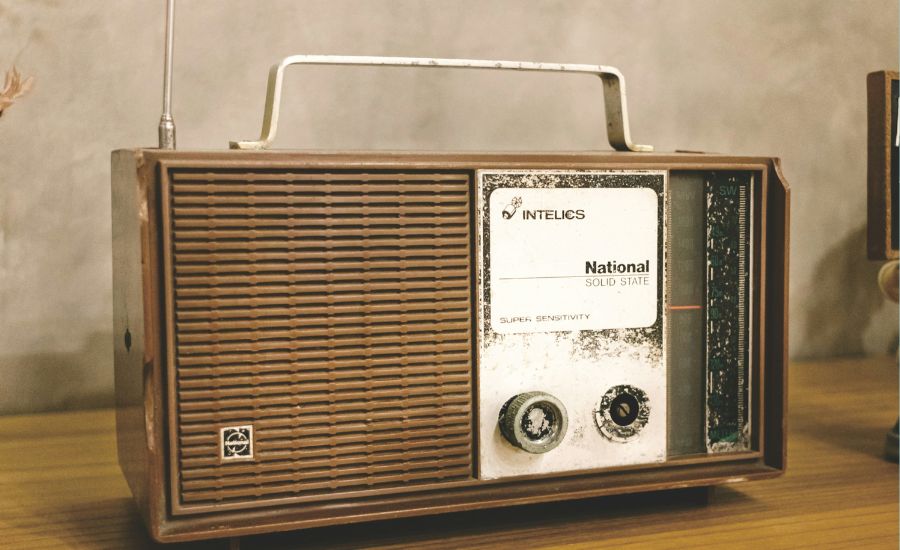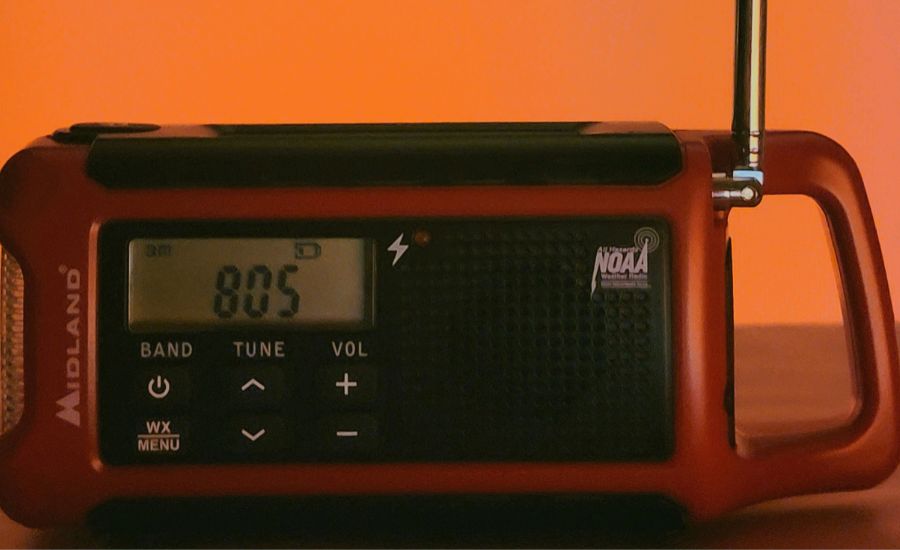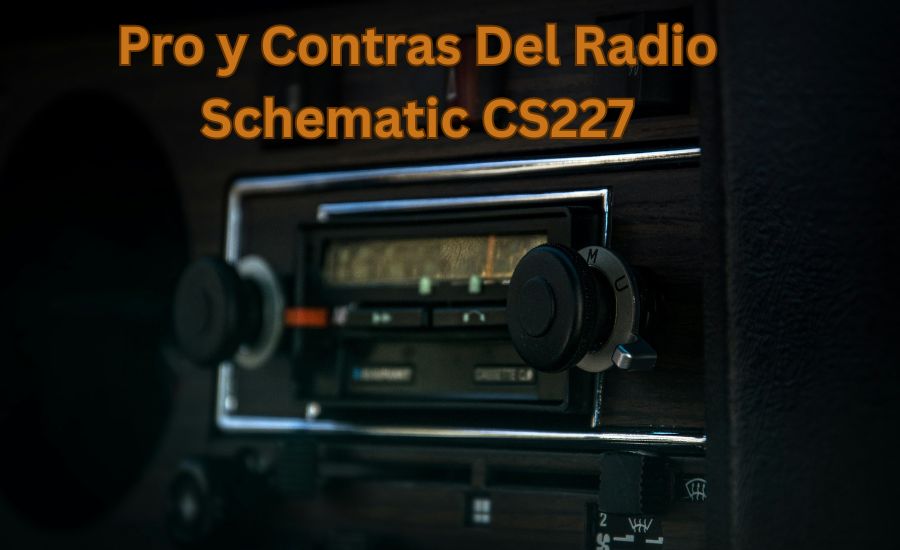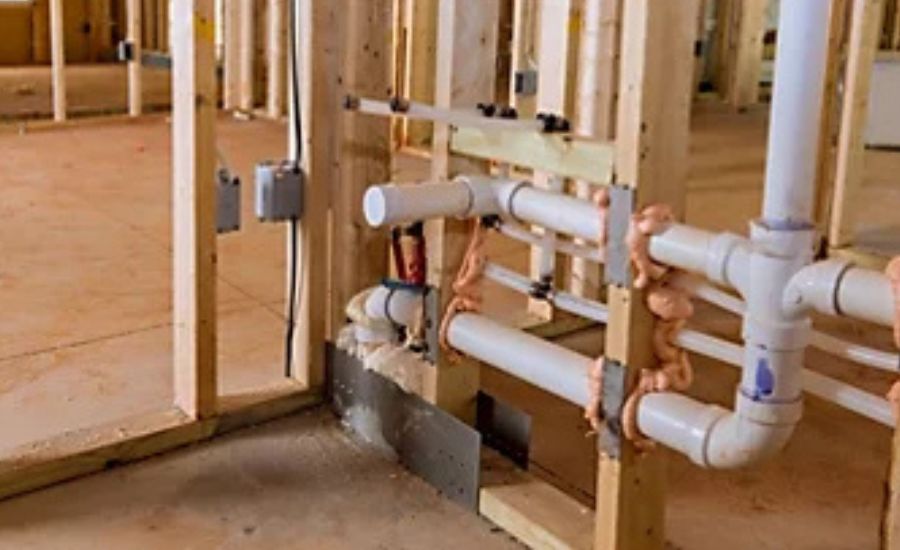Pro y Contras Del Radio Schematic CS227: If you’re diving into the world of radio design, you might have come across the Radio Schematic CS227. This popular blueprint is known for its detailed approach to modifying and enhancing radios. But is it really the right choice for you? In this guide, we’ll break down the pros y contras del Radio Schematic CS227 to help you understand its benefits and potential drawbacks.
The Radio Schematic CS227 offers a range of advantages, from high customization options to enhanced performance. However, it also comes with challenges that might make it less suitable for beginners or those on a tight budget. Keep reading to discover what makes this schematic a valuable tool and where it might fall short.
Pro y Contras Del Radio Schematic CS227: What You Need to Know
The Radio Schematic CS227 is a popular tool among radio enthusiasts, offering a detailed blueprint for modifying and enhancing radios. Understanding the pro y contras del Radio Schematic CS227 is important before diving into any project. This schematic allows users to tweak their radios for better performance, but it also comes with challenges that might not be suitable for everyone.
One of the main pros is its ability to improve sound quality and signal clarity. This is especially useful in areas with a lot of interference, where having a clear signal can make a big difference. However, the schematic can be complex for beginners. It requires some knowledge of radio circuitry, which can be a hurdle for those just starting.
Another important aspect to consider is the cost. While the Radio Schematic CS227 is cost-effective in the long run, the initial setup and the need for specific components can add up. For those on a tight budget, this might be a disadvantage. Despite these challenges, many users find the benefits outweigh the cons, especially if you’re looking to customize and improve your radio.
Top Benefits of Using the Radio Schematic CS227
Using the Radio Schematic CS227 comes with several benefits that can enhance your radio experience. One of the most significant advantages is its ability to provide better sound quality. By following the schematic, you can reduce noise and improve clarity, making it easier to enjoy your favorite stations.
Another benefit is the versatility it offers. The schematic is not limited to one type of radio; it can be adapted to various models, both old and new. This makes it a valuable tool for hobbyists who like to experiment with different setups and configurations. The flexibility in design allows for a wide range of customizations, from improving signal strength to enhancing audio output.
Additionally, the Radio Schematic CS227 is a great learning tool. It’s perfect for those who want to dive deeper into the world of radio technology. The process of following the schematic helps develop skills in electronics, making it both an educational and rewarding experience. Whether you’re a beginner or an experienced user, the benefits of this schematic are clear.
How the Radio Schematic CS227 Enhances Radio Performance

Enhancing radio performance is one of the key reasons why people choose the Radio Schematic CS227. This schematic is designed to fine-tune your radio’s components, leading to significant improvements in both sound quality and signal strength. For those who enjoy long-distance communication, these enhancements can be particularly valuable.
When you use the Radio Schematic CS227, you can expect clearer audio with less interference. The schematic helps filter out unwanted noise, allowing you to hear broadcasts more clearly. This is especially beneficial in areas with a lot of electronic interference, where clear signals can be hard to come by.
Another way the schematic enhances performance is by increasing the radio’s range. By tweaking specific components, you can boost the signal strength, allowing your radio to pick up stations from further away. This is a major plus for those who use their radios in remote or rural areas, where signals might be weak. Overall, the schematic is a powerful tool for anyone looking to get the most out of their radio.
The Flexibility and Customization of Radio Schematic CS227
One of the most appealing aspects of the Radio Schematic CS227 is its flexibility. This schematic allows users to customize their radios in ways that standard setups simply don’t offer. Whether you’re looking to improve sound quality, boost signal strength, or add new features, the CS227 gives you the tools to make these changes.
Customization is a key benefit of the Radio Schematic CS227. You can tailor your radio to meet your specific needs, whether that means enhancing audio clarity for better music listening or increasing the range for clearer communication. This level of customization is especially valuable for hobbyists who enjoy tinkering with their equipment.
Another aspect of flexibility is the schematic’s compatibility with various radio models. Whether you’re working with an older model or a more modern radio, the CS227 can be adapted to fit. This makes it a versatile tool that can be used across different projects. The ability to customize and adapt your radio makes the Radio Schematic CS227 a favorite among enthusiasts.
Cost vs. Value: Is the Radio Schematic CS227 Worth It?
When considering the pro y contras del Radio Schematic CS227, cost is an important factor to weigh. While the initial setup and required components might seem expensive, the long-term value often justifies the investment. The schematic allows for significant enhancements in radio performance without the need to buy a completely new device.
One of the key values of the Radio Schematic CS227 is its ability to extend the life of your existing radio. By making targeted upgrades, you can improve performance and add new features without needing to replace your equipment. This can save you money in the long run, as you’re maximizing the use of what you already have.
However, it’s important to consider whether the cost aligns with your needs. For some users, especially beginners, the expense and complexity might not be worth it. But for those who are serious about their radio projects, the benefits and improvements offered by the schematic make it a valuable investment. Weighing the cost against the value it provides will help you decide if the Radio Schematic CS227 is the right choice for you.
Educational Benefits of Working with the Radio Schematic CS227

The Radio Schematic CS227 is not just a tool for enhancing radio performance; it’s also an excellent educational resource. For those interested in learning more about electronics and radio technology, this schematic provides a hands-on opportunity to develop and refine technical skills.
Working with the CS227 allows users to gain a deeper understanding of how radios work. From learning about circuit design to understanding the role of different components, the schematic serves as a practical guide to the world of electronics. This knowledge can be incredibly valuable for hobbyists and anyone looking to expand their expertise.
Additionally, the schematic encourages problem-solving and critical thinking. As you work through the process of modifying your radio, you’ll encounter challenges that require creative solutions. This kind of learning experience is both rewarding and educational, making the Radio Schematic CS227 a great tool for personal development.
Challenges and Technical Hurdles of the Radio Schematic CS227
While the Radio Schematic CS227 offers many benefits, it’s not without its challenges. One of the primary hurdles users face is the technical complexity of the schematic. It requires a good understanding of electronics, which can be daunting for beginners. Even experienced users may find certain aspects challenging.
The technical knowledge required to work with the schematic is significant. You need to be familiar with circuit design, signal processing, and component functionality. Without this knowledge, it’s easy to make mistakes that could impact the performance of your radio or even cause damage.
Another challenge is the time commitment involved. Modifying a radio using the CS227 is not a quick process. It requires careful planning, sourcing of components, and meticulous assembly. These challenges mean that the schematic is best suited for those who are willing to invest the time and effort needed to get it right.
Why Beginners Might Struggle with the Radio Schematic CS227
The Radio Schematic CS227 is a powerful tool, but it can be difficult for beginners to use effectively. One of the main reasons is the level of technical knowledge required. The schematic assumes a certain level of proficiency in electronics, which can be a significant barrier for those just starting out.
For beginners, the complexity of the schematic can be overwhelming. Understanding how to read the diagram, identify components, and make the necessary modifications requires a solid foundation in electronics. Without this background, it’s easy to become frustrated and make mistakes that could affect the performance of the radio.
Additionally, beginners might struggle with the time and effort required to complete the modifications. Unlike simpler projects, the CS227 requires careful planning and attention to detail. For those new to the field, this can be a steep learning curve. However, with patience and persistence, even beginners can successfully work with the schematic, gaining valuable skills along the way.
Don’t Miss Out: https-gadgetzona-net-2020-02-netflix-stranger-things-4-primer-teaser
The Time Commitment Required for Radio Schematic CS227 Modifications
Modifying a radio using the Radio Schematic CS227 is not something that can be done quickly. The process requires a significant time investment, from planning and sourcing components to assembly and testing. For many users, this time commitment is one of the biggest challenges.
The first step is understanding the schematic itself, which can take time if you’re not already familiar with it. Once you have a good grasp of the design, you’ll need to source the right components. This can be a time-consuming process, especially if you’re looking for specific parts that are not readily available.
After gathering the components, the assembly process begins. This requires careful attention to detail to ensure that everything is connected correctly. Finally, thorough testing is necessary to make sure the modifications work as intended. While the time commitment can be daunting, the results are often worth the effort, leading to a better-performing and more customized radio.
Avoiding Common Pitfalls with Radio Schematic CS227
Working with the Radio Schematic CS227 can be rewarding, but there are common pitfalls that users should be aware of. One of the most frequent issues is using the wrong components. It’s important to carefully follow the schematic and ensure that you’re using the correct parts, as even a small mistake can lead to poor performance or damage.
Another common pitfall is improper assembly. Even if you have the right components, connecting them incorrectly can cause problems. Double-checking your work at each step is crucial to avoid issues down the line. Taking your time during the assembly process can prevent mistakes that might be difficult to fix later.
Finally, not testing the radio thoroughly after modifications is a mistake many users make. It’s essential to test the radio at each stage of the process to ensure that everything is working as expected. By being mindful of these common pitfalls, you can avoid frustration and achieve better results with the Radio Schematic CS227.
Safety Tips When Using the Radio Schematic CS227

When working with the Radio Schematic CS227, safety should always be a top priority. Handling electronic components comes with certain risks, and taking proper precautions can help you avoid accidents and ensure a smooth modification process.
First, always make sure to work in a well-ventilated area. Some components can release fumes when soldered, which could be harmful if inhaled. Wearing a mask and ensuring good airflow can mitigate this risk. Additionally, using the correct tools, such as insulated pliers and a quality soldering iron, reduces the chance of electrical shock or burns.
Another important safety tip is to double-check all connections before powering on the radio. Incorrect wiring can lead to short circuits, which can damage the components or even start a fire. Ensuring that everything is properly connected and secure will prevent these issues. Finally, always turn off and unplug the radio before making any adjustments to avoid accidental shocks. Following these safety tips will help you safely enjoy the benefits of the Radio Schematic CS227.
Finding Resources and Support for Radio Schematic CS227
Navigating the Radio Schematic CS227 can be challenging, especially if you’re new to radio modifications. Fortunately, there are resources and communities that can provide the support you need to succeed. Finding the right information and connecting with others who have experience with the schematic can make your project much easier.
Online forums dedicated to radio enthusiasts are a great place to start. These communities are filled with experienced users who can offer advice, share their experiences, and help troubleshoot any problems you encounter. Additionally, many forums have sections specifically for the CS227, where you can find detailed guides, tips, and even step-by-step walkthroughs.
Another valuable resource is instructional videos. Platforms like YouTube host numerous tutorials that cover everything from basic setups to advanced modifications using the CS227. Watching these videos can provide visual guidance, making the process easier to follow. Lastly, don’t hesitate to reach out to the schematic’s creators or manufacturers for technical support if you hit a roadblock. With the right resources and support, even complex projects with the Radio Schematic CS227 can be tackled successfully.
How the Radio Schematic CS227 Impacts Radio Enthusiasts Worldwide
The Radio Schematic CS227 has made a significant impact on radio enthusiasts around the world. Its flexibility and effectiveness have made it a popular choice, from hobbyists in developed countries to professionals in remote areas where reliable radio communication is essential.
In developed countries, the CS227 is widely used to enhance radio equipment for both amateur and professional purposes. The ease of access to components and tools in these regions makes it simpler for users to adopt and adapt the schematic to their needs. This has led to a thriving community of users who share modifications, improvements, and experiences online, further increasing its popularity.
However, the impact of the CS227 is not limited to developed nations. In developing countries, where access to modern radio technology may be limited, the schematic offers a cost-effective solution for improving existing equipment. Even though sourcing components might be more challenging, the potential to extend the life and functionality of older radios makes the CS227 invaluable. Its global reach demonstrates its versatility and the widespread appeal of its benefits.
Comparing the Radio Schematic CS227 to Other Design Blueprints
When comparing the Radio Schematic CS227 to other radio design blueprints, several key factors come into play. The CS227 is known for its detailed design and customization options, but how does it stack up against other schematics in terms of usability, performance, and cost?
One major advantage of the CS227 is its flexibility. Unlike some other blueprints that are tailored for specific radio models or uses, the CS227 can be adapted to a wide range of radios. This versatility makes it a go-to choice for many enthusiasts who want a schematic that can be used across multiple projects.
In terms of performance, the CS227 is highly regarded for its ability to improve sound quality and signal strength. However, it can be more complex to work with compared to simpler schematics, which might be better suited for beginners. Cost is another important consideration. While the CS227 is cost-effective in the long run, the initial investment in components can be higher than with some other designs. Ultimately, the CS227 stands out for those looking for a robust and flexible solution, even if it requires a bit more effort to implement.
Making the Most of the Radio Schematic CS227
To get the most out of your investment in the Radio Schematic CS227, it’s essential to approach your project with a clear plan and the right mindset. While the schematic offers a lot of potentials, maximizing its value requires careful consideration and effort.
Start by thoroughly understanding the schematic and the modifications you want to make. Research the components and tools you’ll need, and ensure you’re comfortable with the process before diving in. This preparation can save you time and help you avoid costly mistakes. Additionally, consider how the modifications will align with your long-term goals for your radio. Whether you’re enhancing performance for personal use or preparing for a specific project, having a clear vision will guide your decisions.
Another way to maximize your investment is by taking advantage of the educational opportunities the CS227 offers. As you work through the schematic, you’ll develop valuable skills in electronics, which can be applied to future projects. This not only enhances your current radio but also sets you up for success with other modifications down the line. By approaching the CS227 with preparation and a focus on learning, you’ll ensure that your investment pays off in both performance and personal growth.
Real-Life Examples of Success with Radio Schematic CS227 Modifications
Many users have found success with the Radio Schematic CS227, transforming their radios into high-performance devices. These real-life examples highlight the potential of the schematic and the improvements it can bring to your equipment.
One enthusiast shared their experience of doubling the range of their radio by carefully following the CS227 schematic. By upgrading specific components like the antenna and transistors, they were able to significantly enhance signal strength and clarity. This modification allowed them to pick up stations from much farther away, which was particularly useful for long-distance communication.
Another user focused on improving audio quality. By replacing old capacitors and adjusting the circuitry according to the CS227 blueprint, they achieved a clearer and more powerful sound. This was especially noticeable in areas with a lot of electronic interference, where their modified radio outperformed others in delivering crisp, uninterrupted audio.
These examples demonstrate that with the right approach and attention to detail, the Radio Schematic CS227 can lead to impressive upgrades. Whether you’re looking to boost performance or extend the life of your radio, success stories like these show that the schematic is a powerful tool in the hands of dedicated users.
What to Do If You Encounter Problems with the Radio Schematic CS227
If you run into issues while working with the Radio Schematic CS227, don’t worry—there are steps you can take to troubleshoot and resolve the problem. Even with careful planning, challenges can arise, but knowing how to address them will help you stay on track.
First, revisit the schematic to ensure you’ve followed each step correctly. Sometimes, small errors like misplacing a component or misreading a diagram can lead to bigger issues. Carefully checking your work can often reveal these mistakes and allow you to correct them. If everything seems correct, but the radio isn’t working as expected, consider testing each component individually. This can help identify faulty parts that might be causing the problem.
Another option is to seek advice from online communities or forums. Many radio enthusiasts have experience with the CS227 and can offer valuable insights or solutions to common problems. Describing your issue clearly and providing details about what you’ve done so far will make it easier for others to help. Finally, if you’re still stuck, reaching out to a professional for technical support might be the best course of action. By taking a systematic approach to troubleshooting, you can overcome most challenges and get your project back on track.
Conclusion
The Radio Schematic CS227 is a powerful tool for anyone who loves working with radios. It offers great ways to improve sound, boost signal strength, and customize your radio to fit your needs. While it can be a bit tricky to use, especially for beginners, the benefits it brings are worth the effort. With patience and the right approach, you can turn your radio into a high-performing device that lasts for years.
Even though there are some challenges, like the time it takes and the technical knowledge needed, the Radio Schematic CS227 is a rewarding project for those who are ready to dive in. Whether you’re fixing up an old radio or building something new, this schematic can help you make the most of your equipment. Just remember to take it step by step, stay safe, and enjoy the process of learning and improving your radio.
Read Next: Replica-Products





